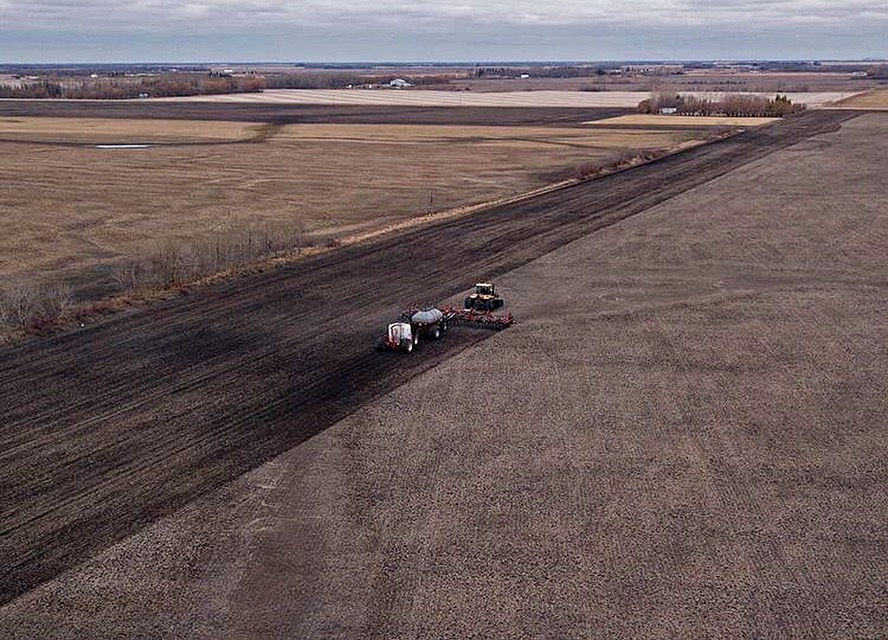As Manitoba continues to get hammered by drought conditions, the lack of rain is affecting everything from crops to livestock to wetlands — and even to drinking water, as some communities have resorted to extreme measures to deal with the lack of precipitation.

Linda Nicol, executive director of the Manitoba Association of Watersheds, told 680 CJOB the current situation is a very serious one, with watershed districts across the province reporting drought-related challenges.
“We’re at the mercy of Mother Nature to a certain extent right now,” Nicol said. “Everybody is keeping their eyes to the skies and just hoping for that break in the weather where some real rainfall will occur.”
However, while people across the province continue to hope for a much-needed rainfall, Nicol said the unwelcome dry conditions are, in some cases, providing opportunities to get pre-emptive work done in preparation for a future, wetter situation.
“Across all of the districts, what we’re seeing a lot of is pre-emptive work. While the dry fields that we’re facing right now and the dry waterbeds are very serious, it’s also an opportunity to be as proactive as possible.”
Nicol said in some regions, dams are being built to help manage the effects of future flooding and increase drought resilience, but otherwise, the picture is a bleak one.

Cattle rancher Garry Wasylowski told 680 CJOB the conditions mean feed for livestock is both hard to come by and much more expensive than usual. He’s had to sell 70 animals, something he would never typically do at this time of year.
“I’m going to try and manage through it, looking for feed, trying to scratch some up,” Wasylowski said.
“Having been around for a number of years, I’ve got some ability to deal with it … but I feel sorry for the younger farmers. How do they deal with something this?
“Those are the people that we need.”
Wasylowski said water storage efforts by the local watershed district have been helpful, but with five years of drought, the situation is becoming untenable.
“Nature’s a formidable force. You just can’t beat it sometimes no matter what you do.”
The drought conditions are also affecting wetlands. According to a resident naturalist at Manitoba’s Oak Hammock Marsh, while smaller, temporary wetlands are drying out this year, the massive marshland at Oak Hammock is adapting.
“What people forget is that wetlands are supposed to dry up every now and then,” said Paula Grief.
“It’s actually healthy for them — it’s part of their natural cycle. We have been really wet over the last 30 years, and we may be entering a dry cycle — and that’s actually good for wetlands. It lets them dry out a little bit and it lets the vegetation start to grow back.
“If you have too much water all the time, vegetation starts to die, and less birds and mammals like that open water — it becomes more lake-like. Drought … is not good for landowners across the prairies, absolutely, but from a wetland perspective, it’s not a totally bad thing.”

Grief said Oak Hammock is large enough as a wetland that wildlife can move around, because there’s still enough water, and that marsh staff have taken advantage of the dry year by draining water out of one section of the marsh to let vegetation grow back.
The Red River Basin Commission’s Steve Strang told 680 CJOB that while highs and lows are relatively normal in terms of water levels on Lake Winnipeg, climate change is definitely making its impact felt this year.
“Our waters are getting warmer, and with warmer water, we’re also seeing more algae blooms,” said Strang, “and we’re seeing changes in the entire ecosystem.
“Our area, the Red River basin, our flows are down to about 53 per cent of what’s normal, and then the Winnipeg River, the largest river that adds to Lake Winnipeg — they’re down to 45 per cent, so that’s a substantial drop.”









Comments